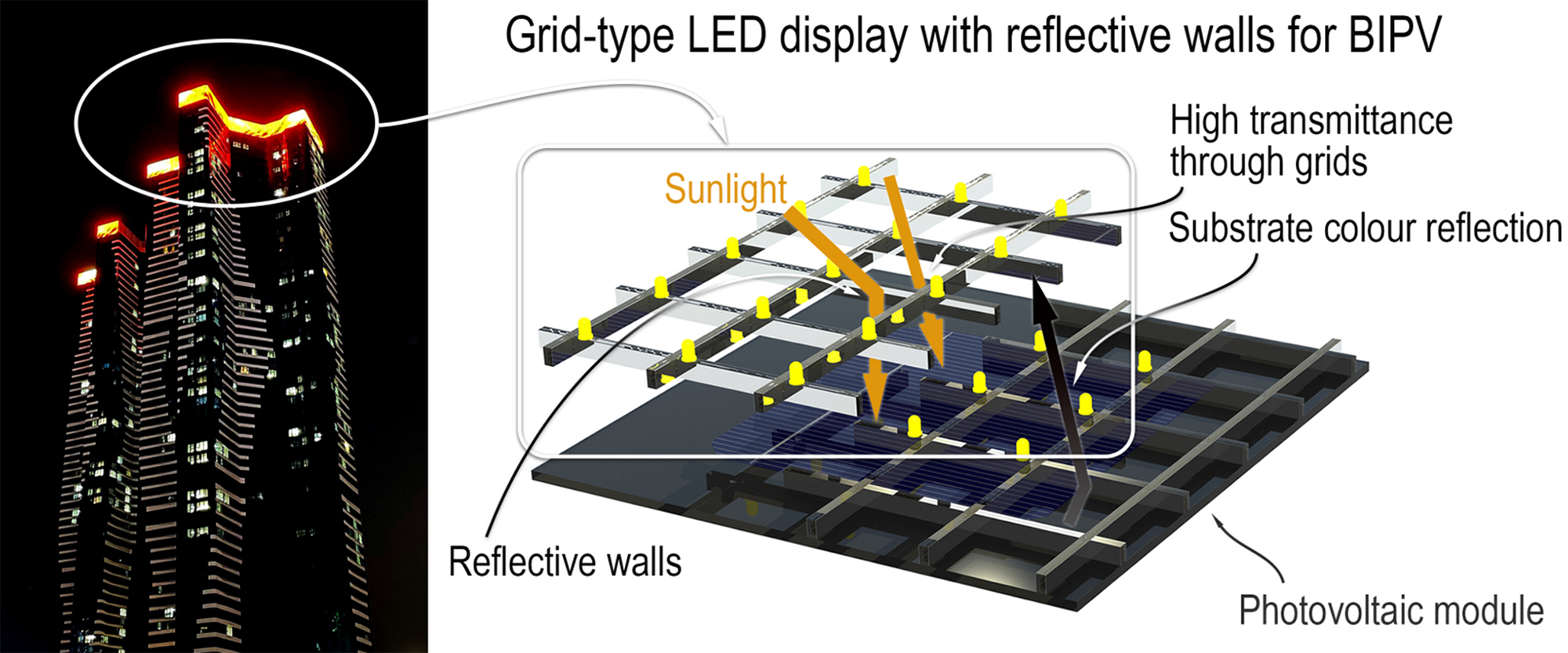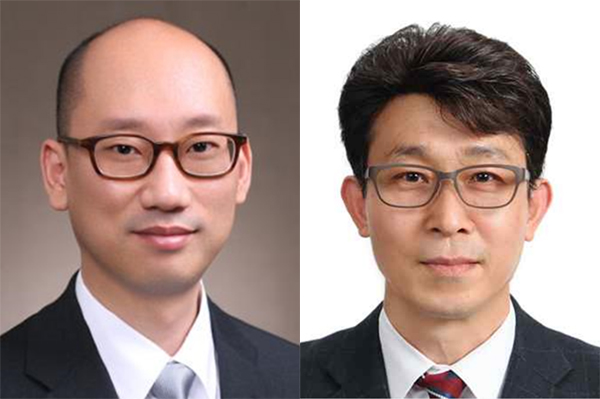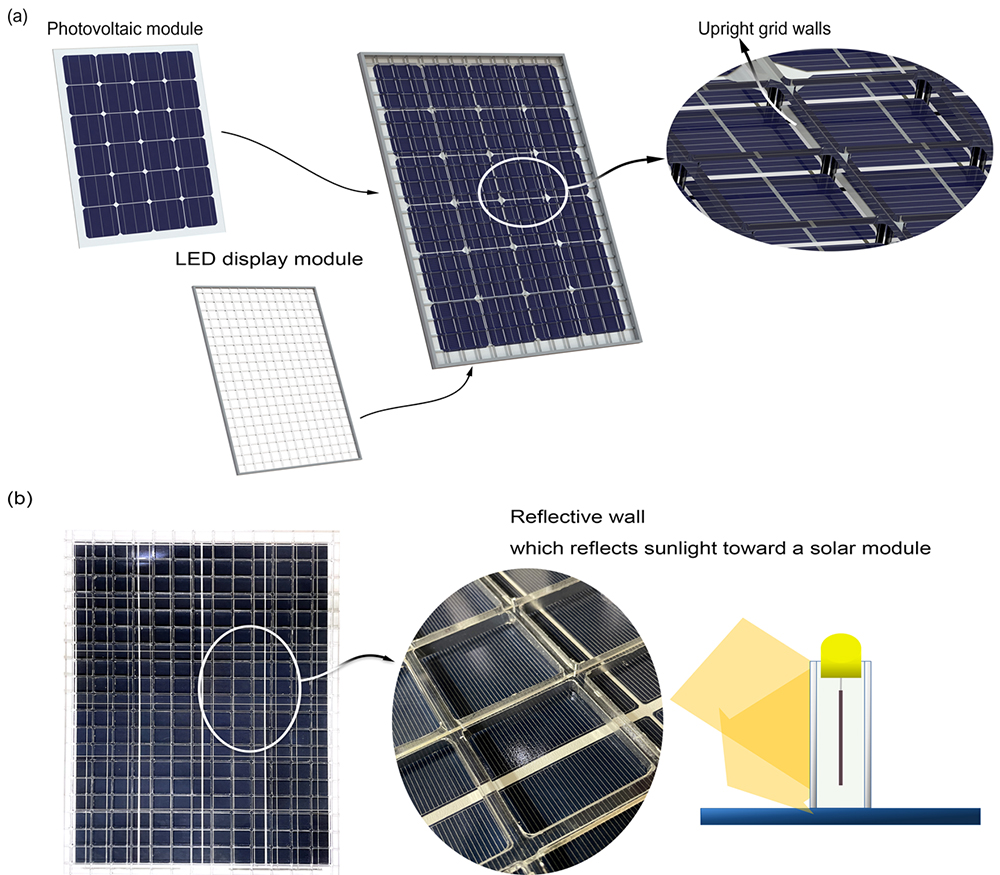연구/산학
PKNU Research 1000
| Shin Dong-Yoon | Developed 'photovoltaic & LED display in one' | |||
| 작성자 | 대외협력과 | 작성일 | 2023-08-11 |
| 조회수 | 495 | ||
| Shin Dong-Yoon | Developed 'photovoltaic & LED display in one' | |||||
 |
대외협력과 |  |
2023-08-11 |  |
495 |
New technology development in 'photovoltaic & LED display in one'
- joint research between PKNU and Korea institute of energy research published research paper in international academic journals and completed patent registration

A 'high-efficiency solar LED display module' has been developed that can utilize solar power generation during the day and LED display at night with a single module.

Pukyong National University (President Jang Young-Soo) announced that a research team led by professor Shin Dong-Yoon (dept. of nanotechnology eng.) and the research team of senior researcher Kang Ki-Hwan from the photovoltaic research center at Korea institute of energy research developed a new solar display convergence technology through joint research.
The joint research team succeeded in converging a solar module and an LED display module, while dramatically lowering the reduction in electricity production efficiency of the solar module by 3%.
Unlike existing solar modules that only produce electricity, it is expected to be able to utilize not only electricity generation but also media playback functions when this developed module is installed on the outer wall of a building.
Existing LED display modules excessively block sunlight reaching the solar module, reducing the solar module's electricity production efficiency by 23%, so there was a limit to the fusion of these two modules. In addition, since the lifetime of the LED display is shorter than that of the solar module, there has been a problem that even the solar module must be replaced when it malfunctions.
The research team solved these problems by applying a lattice structure. By installing LEDs at the intersections of grids, solar light reaches the empty areas of the grids without interfering with the solar modules, developing detachable solar LED display modules.
Especially when a lattice-type structure is applied, another problem arises in that electricity production efficiency decreases due to a lattice shadow when sunlight is incident on the module at an angle according to the altitude of the sun. In response, the research team solved this problem by installing a reflector on the wall of the lattice structure to reflect sunlight back to the solar module.
As a result of the simulation after the research team installed this module in a building in Seoul, it was shown that the LED display module could be operated for up to 22 hours at night with the electricity produced during the day.
Following the publication of the paper 'grid-type LED media facade with reflective walls for building-integrated photovoltaics with virtually no shading loss', which contains the results of this research, in the international journal <Applied energy> (IF: 11.2), the research team has recently obtained patent on it.
Professor Shin Dong-Yoon said, "I expect that the module technology developed through this research can be a great help in maintaining technological competitiveness not only in Korea's photovoltaic industry but also in display and construction-related industries." <Pukyong Today>
